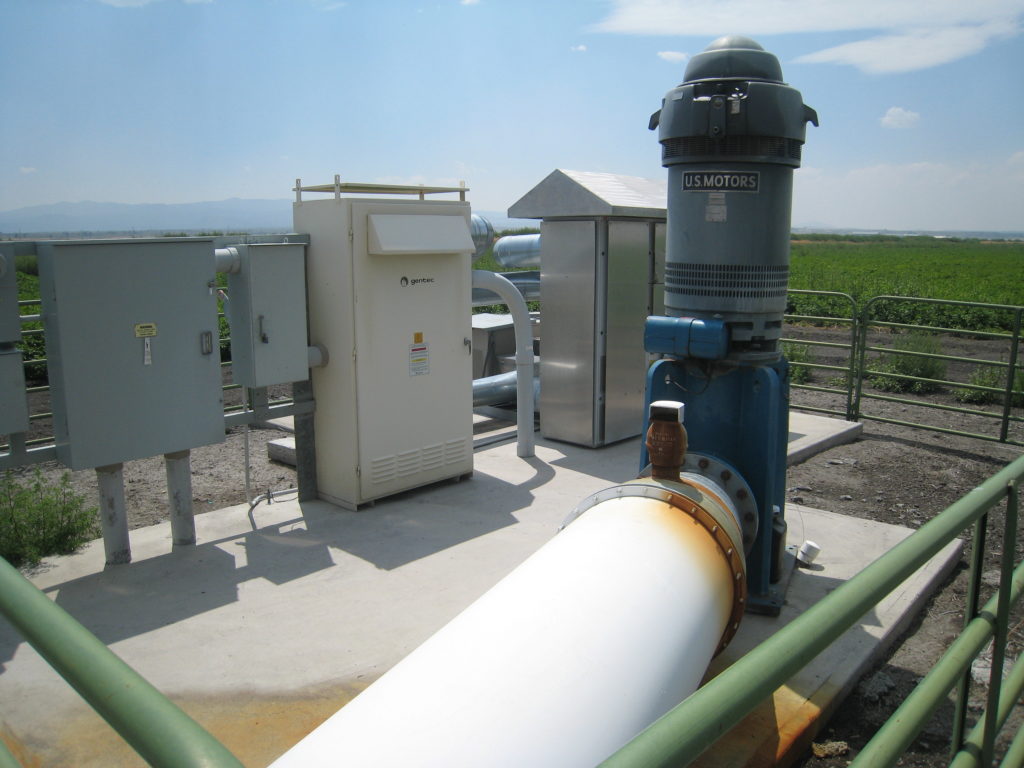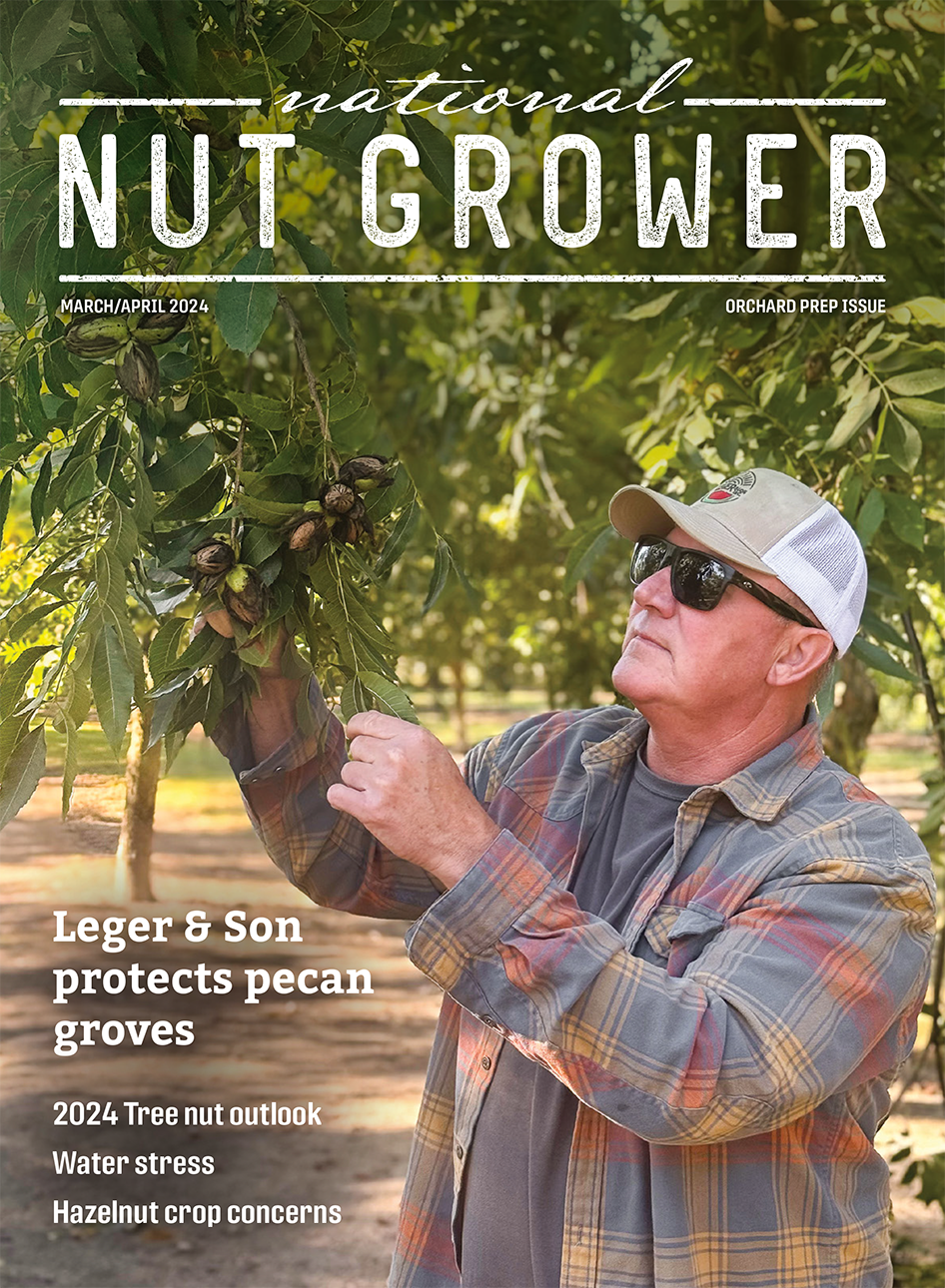
Aug 2, 2021Block grants to assist California, Oregon producers in Klamath River Basin
USDA is investing $15 million for a new drought pilot to assist agricultural producers impacted by worsening drought conditions to provide relief to impacted California and Oregon producers in the Klamath River Basin.
The announcement comes as U.S. Secretary of Agriculture Tom Vilsack will travel to the state for events focused on drought and wildfire resiliency on Aug. 3.
“As ongoing drought conditions in the West continue to worsen, we need to find ways to do things differently in order to provide help and assistance to producers, Tribes, and communities,” said said Gloria Montaño Greene, USDA’s Deputy Under Secretary for Farm Production and Conservation. “We recognize that current USDA programs and services are not enough to meet this historic challenge, and this pilot will help us find more tools to add to our toolbox.”
The Klamath Project’s “A” Canal will remain closed this year because of a lack of water supply. The canal, a major component of the Klamath Project, typically provides access to Upper Klamath Lake, supplying water for over 200,000 acres of farmland.
The block grant to the Klamath River Drought Response Agency (Klamath DRA) will provide payments to producers to reduce irrigation demand. This will assist in allowing the limited supply of water to be used for other practices that are vital to the region’s food supply and to reduce adverse impacts to producers in the region and supply and distribution chains. Producers will apply for funding through the Klamath DRA.
USDA will evaluate the outcomes to help inform future program design and will continue to monitor basins and drought conditions to determine where additional may best provide immediate economic support and relief to producers.
Additional drought assistance
The pilot is part of a broader suite of programs available to producers to help recover losses from drought. Disaster assistance programs and loans are available to help producers offset losses and get financing to help with recovery. Producers should visit farmers.gov, where they can use the Disaster Assistance Discovery Tool or Disaster-at-a-Glance fact sheet to learn more about program or loan options.
USDA’s Natural Resources Conservation Service (NRCS) provided technical and financial assistance to improve irrigation efficiency and water storage in soil, helping producers build resilience to drought. This year, NRCS targeted $41.8 million in Arizona, California, Colorado and Oregon through Conservation Incentive Contracts, a new option available through the Environmental Quality Incentives Program, focused on drought practices.
USDA’s Risk Management Agency (RMA) is now allowing crop insurance companies to waive the 60-day ownership requirement for livestock producers with Livestock Risk Protection coverage. Livestock producers can now market their livestock as necessary, but livestock producers still need to show proof of ownership of livestock. Typically, the policy requires producers to own livestock during the last 60 days of coverage. This flexibility recognizes the challenges livestock producers are facing due to widespread drought and ensures producers who need to sell livestock earlier retain coverage.
This waiver is part of a broader suite of crop insurance flexibilities for drought impacted producers. RMA has also extended deadlines for premium and administrative fee payments, deferred and waived the resulting interest, and authorized emergency procedures in July to help agricultural producers impacted by extreme drought conditions. Also, in July, RMA updated policy to allow producers with crop insurance to hay, graze or chop cover crops at any time and still receive 100% of the prevented planting payment. This policy change supports use of cover crops, which can help producers build resilience to drought.
Drought coordination
USDA is coordinating with federal agencies, state governments, Tribes, and others to address the impacts of drought. This includes a new interagency working group created in April by the Biden-Harris Administration’s National Climate Task Force to address the worsening drought conditions in the West and support farmers. USDA co-chairs the task force with the Department of Interior.
“Drought significantly impacts agriculture, and the ability for farmers and ranchers to help transform water into food and fiber for our nation,” Montaño said. “USDA is partnering with an array of groups for a government-wide approach to addressing drought.”
USDA touches the lives of all Americans each day in so many positive ways. In the Biden-Harris Administration, USDA is transforming America’s food system with a greater focus on more resilient local and regional food production, fairer markets for all producers, ensuring access to safe, healthy and nutritious food in all communities, building new markets and streams of income for farmers and producers using climate smart food and forestry practices, making historic investments in infrastructure and clean energy capabilities in rural America, and committing to equity across the Department by removing systemic barriers and building a workforce more representative of America.
To learn more, visit here.
RELATED
The risk of damage from disease and pests expected, harvest impacts not yet known
Two global irrigation and ag tech companies, Lindsay Corp. and Pessl Instruments, are partnering to provide growers better access to water management solutions. The partnership of Lindsay Corp. and Pessl...







